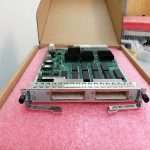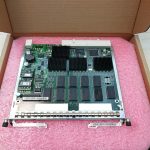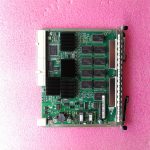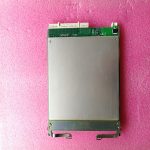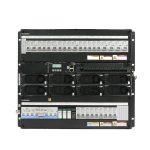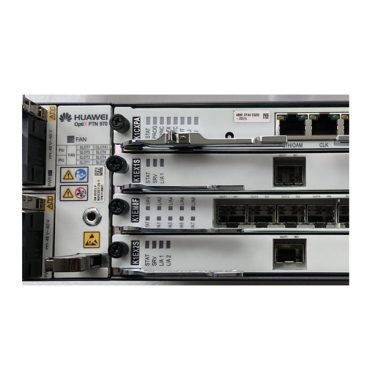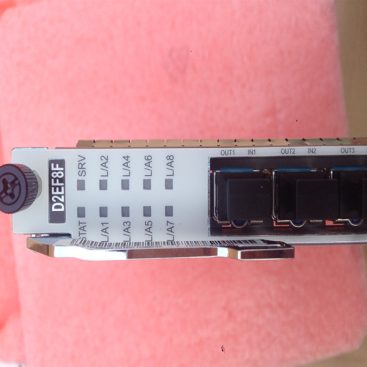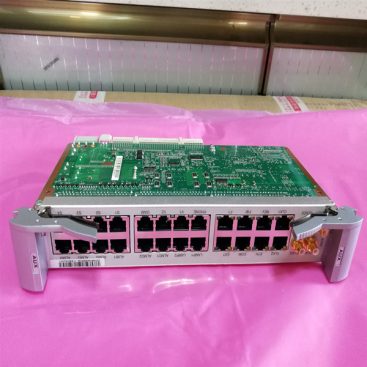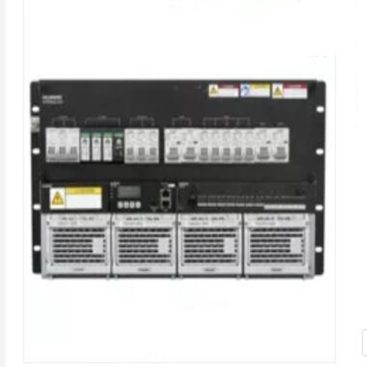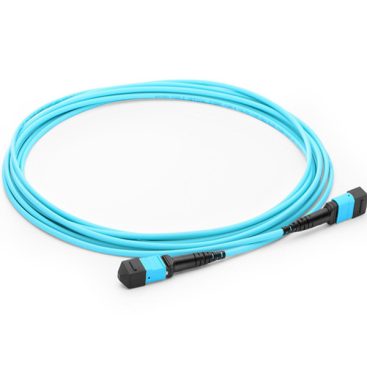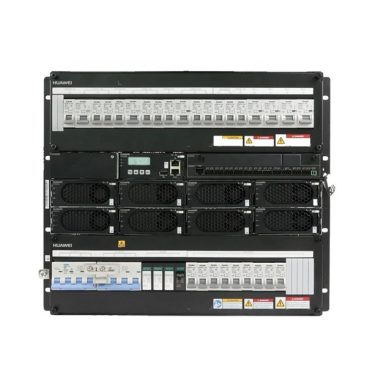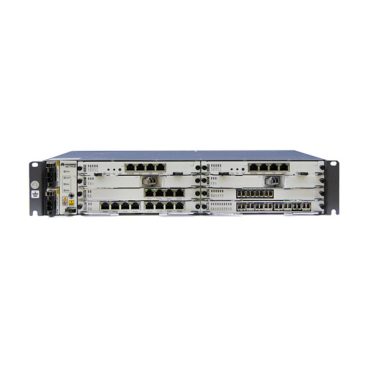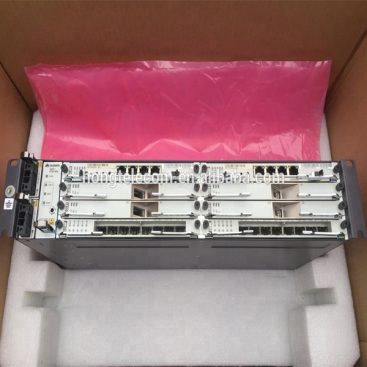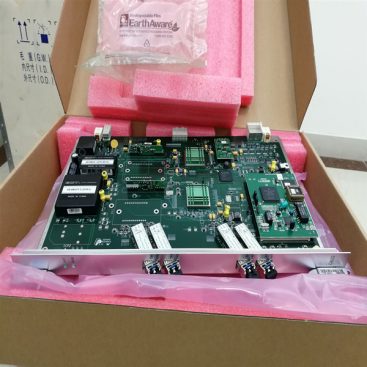- Description
- Inquiry
- Attachment
Description
Huawei SP3D Interface Board is designed to process E1/T1 signals and overheads, to report alarms and performance events, and to provide maintenance functions.
Huawei SP3D Interface Board Product Overview
| Board Name | Product Applicable-System Control Board-Initial Board Version Supported by System Control Board |
| TNF1SP3D | 1800 V-TNF5UXCM/TNF5UXCME/TNZ5UXCMS-V100R003C05 |
| 1800 II Enhanced-TNZ1UXCL-V100R007C10 |
Huawei SP3D Interface Board Product Pictures
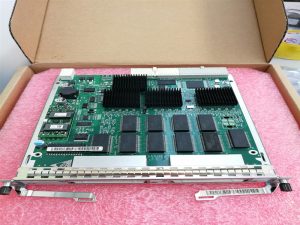

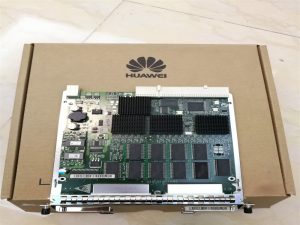
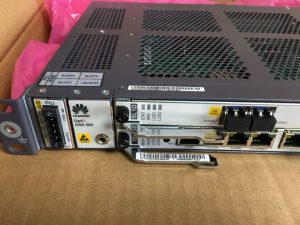
Huawei SP3D Interface Board Product Specifications
| Table 1 Signal processing in the transmit direction of the SP3D | ||
| Step | Function Unit | Processing Flow |
| 1 | Logic processing unit | Processes clock signals. |
| Receives VC-4 signals and pointer indication signals from the cross-connect unit. | ||
| 2 | Mapping/Demapping unit | Demultiplexes three TUG-3s from one VC-4. |
| Demultiplexes seven TUG-2s from one TUG-3. | ||
| Demultiplexes three VC-12s from one TUG-2. | ||
| Processes path overheads and pointers and detects specific alarms and performance events. | ||
| Extracts E1/T1 signals. | ||
| 3 | CODEC unit | Performs HDB3 coding. |
| 4 | Interface unit | Couples E1/T1 signals by using a transformer and then transmits the signals to an external cable. |
| Table 2 Signal processing in the receive direction of the SP3D | ||
| Step | Function Unit | Processing Flow |
| 1 | Interface unit | Couples external E1/T1 signals by using a transformer and then transmits the signals to the board. |
| 2 | CODEC unit | Equalizes the received signals. |
| Restores clock signals. | ||
| Detects T_ALOS alarms. | ||
| Performs HDB3 decoding. | ||
| 3 | Mapping/Demapping unit | Asynchronously maps signals into C-12. |
| Processes path overheads and forms the signal to be VC-12. | ||
| Processes pointers to form TU-12. | ||
| Performs byte interleaving for three TU-12s to form one TUG-2. | ||
| Performs byte interleaving for seven TUG-2s to form one TUG-3. | ||
| Performs byte interleaving for three TUG-3s to form one C-4. | ||
| Adds higher order path overhead bytes to one C-4 to form one VC-4. | ||
| 4 | Logic processing unit | Processes clock signals. |
| Transmits VC-4 signals and pointer indication signals to the active and standby cross-connect units. | ||
| Control Signal Processing | ||
| The board is directly controlled by the CPU unit on the system control and communication unit. The CPU unit issues configuration and query commands to the other units of the board over the control bus. These units then report command responses, alarms, and performance events to the CPU unit over the control bus. | ||
| The logic control unit decodes the address read/write signals from the CPU unit of the system control and communication unit. | ||
| Power Supply Unit | ||
| The power supply unit performs the following functions: | ||
| Receives two -48 V/-60 V DC power supplies from the backplane, converts the supplied power into +3.3 V power by using the DC-DC unit, and then supplies the +3.3 V power to the other units on the board. | ||
| Clock Unit | ||
| This unit receives the system clock from the control bus in the backplane and provides clock signals to the other units on the board. | ||
Huawei SP3D Interface Board Product Features
Simple Architecture and High Integration
The OptiX OSN 500 is a type of case-shaped equipment. The dimensions of the chassis are: 44 mm (H) x 442 mm (W) x 220 mm (D) Of a simple architecture and high integration, the OptiX OSN 500 can be installed in the following ways:
Cabinet-mounting (ETSI cabinet and 19-inch cabinet)
Wall-mounting
Desk-mounting
Open-rack-mounting
CES and ATM/IMA Service Support and Flexible Networking
The OptiX OSN 500 supports the circuit emulation service (CES) technology, allowing direct transmission of TDM E1 services in the packet domain.
ATM is a connection-oriented, fast packet switching technology. Integrating the advantages of circuit switching with those of packet switching, ATM is a standard broadband ISDN (B-ISDN) transfer mode. Inverse multiplexing for ATM (IMA) is a technology that implements inverse multiplexing for ATM.
End-to-End Service Configuration/One-Click Commissioning/One-Click Fault Diagnosis (TP-Assist)
Compared with legacy TDM networks, packet switched networks (PSNs) have the following characteristics:
PSNs have flexible networking and complicated configuration, and therefore have high requirements for operating and maintenance personnel.
PSNs do not have complete overhead fields indicating their physical states, as compared to TDM networks. If a fault occurs on a PSN, no simple and easy-to-use tool is available to diagnose the fault.
Diversified network topologies and complicated technologies entail powerful OAM capabilities
Huawei SP3D Interface Board Product Applications
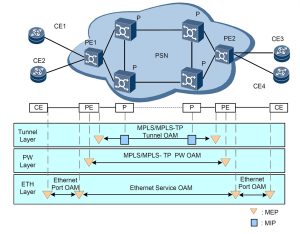
Sorry, no attachment available !






